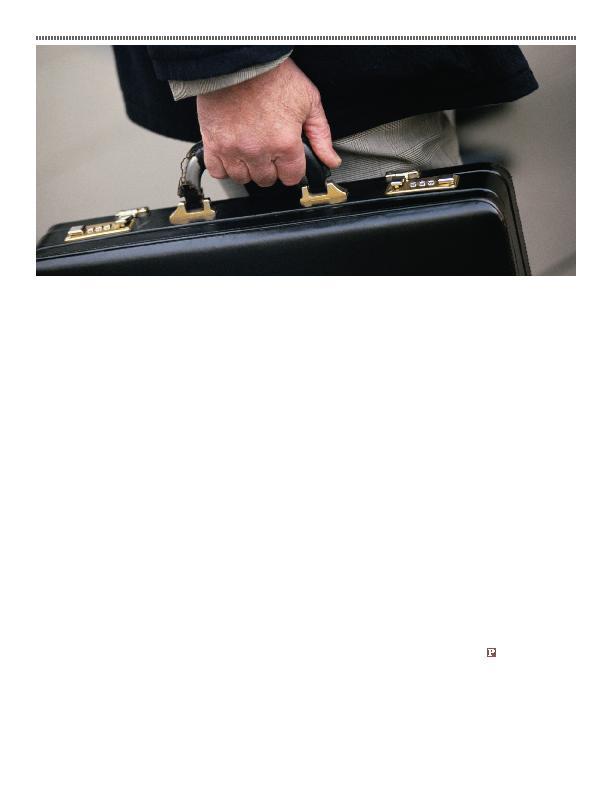
as a factor counting against successor
liability, as imposition of such liability
would result in a "windfall" for the
plaintiff. Third, the predecessor could
not have provided relief after the sale
as all of the proceeds of sale (along with
its remaining assets) went to the bank
whose loan it had defaulted on payment.
Fourth, the purchaser could provide the
relief sought in the suit (the court calls
this the "goes without saying" condition).
And fifth, there was continuity between
the operations and work force of the
predecessor and the successor, as the
court stated that nothing had really
changed in the operations of the
business. Even though not all of the
factors pointed towards imposition of
successor liability, the Seventh Circuit
found that successor liability in the Teed
case should be imposed given the facts
and circumstances of the case.
The Seventh Circuit noted that the
idea behind having a distinct federal
standard applicable to federal labor
and employment statutes is that the
statutes "foster labor peace" or "protect
workers' rights" and that the imposition
of achieving the statute's goals. The court
cites an example that without the threat
of successor liability, there would be
nothing workers could do to head off a
corporate sale by the employer aimed at
extinguishing that employer's liability to
them for violations of the federal statutes.
Given this articulation of the federal
standard by the Seventh Circuit, what
should counsel look for during the due
diligence period?
First, the party responsible for
diligence in any potential deal needs to
closely examine these areas of federal
labor relations and employment laws
for potential claims and what relevant
statutes may be applicable. While not
exhaustive, the Seventh Circuit cited the
Labor Management Relations Act, the
National Labor Relations Act, ERISA,
Age Discrimination in Employment Act,
Family and Medical Leave Act and 42
U.S.C. §1981 (racial discrimination in
contracting) as areas where the more
favorable federal common law standard
is applied in determining whether to
impose successor liability. Many of
the above cited acts have different
thresholds of employee before they are
to be familiar, or work with another
attorney or person familiar with, the
applications of these laws in analyzing
potential risks.
Second, if a potential issue exists, it
is wise to require a holdback of a portion
of the purchase price which should
satisfy any claim made and/or include
indemnification language in the purchase
contract. If a potential buyer finds itself
in a position similar to the purchaser in
Teed, where it is bidding on assets in
bankruptcy or a receivership auction,
all known outstanding claims exposure
should be considered when determining
the purchase price of the assets.
In conclusion, the Teed case should
be in the back of every attorney's mind
when analyzing potential liabilities
that a client may face when acquiring
a business, and when issues arise in
diligence involving federal labor and
employment statutes, the attorney and
client should not simply rely upon
disclaiming liabilities of the seller in a
purchase agreement to protect them from
successor liability.